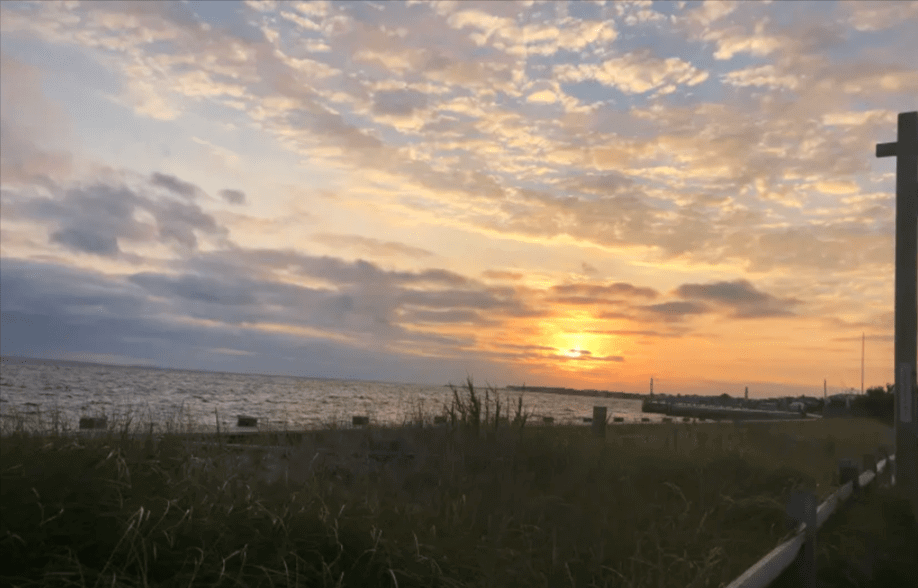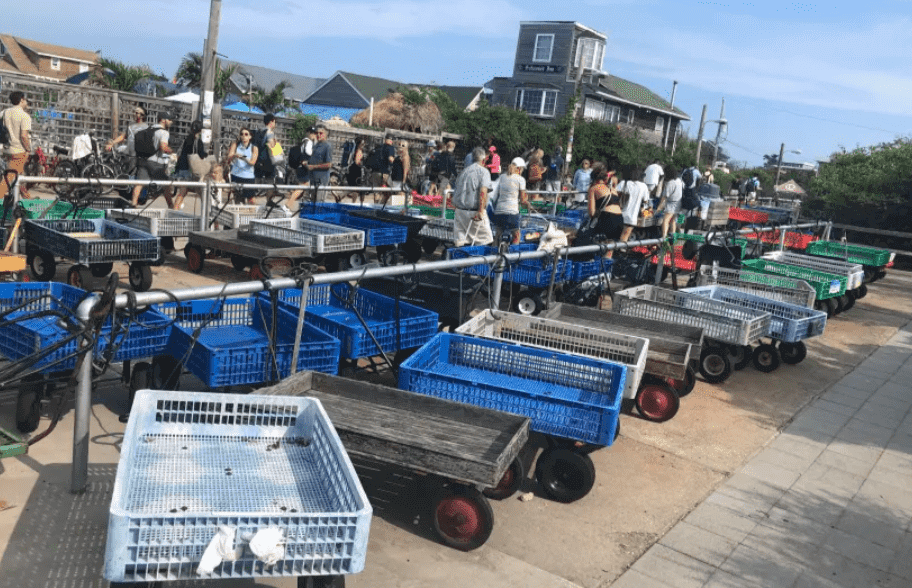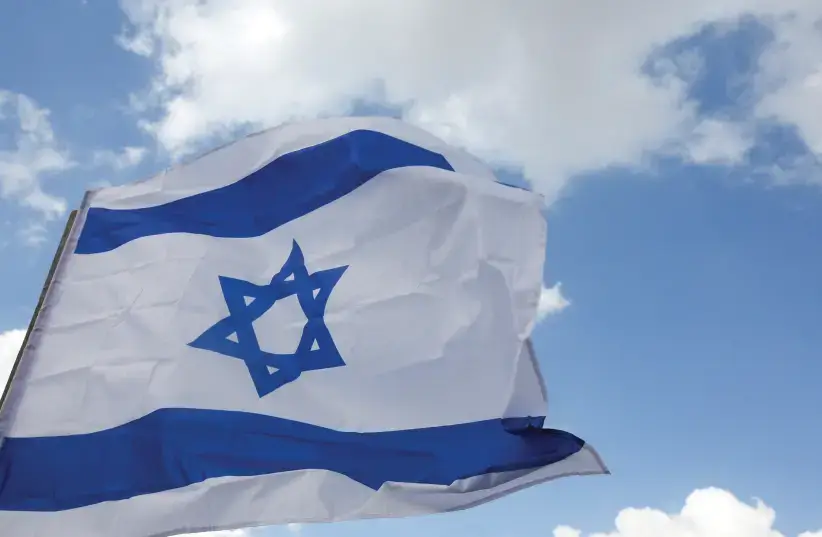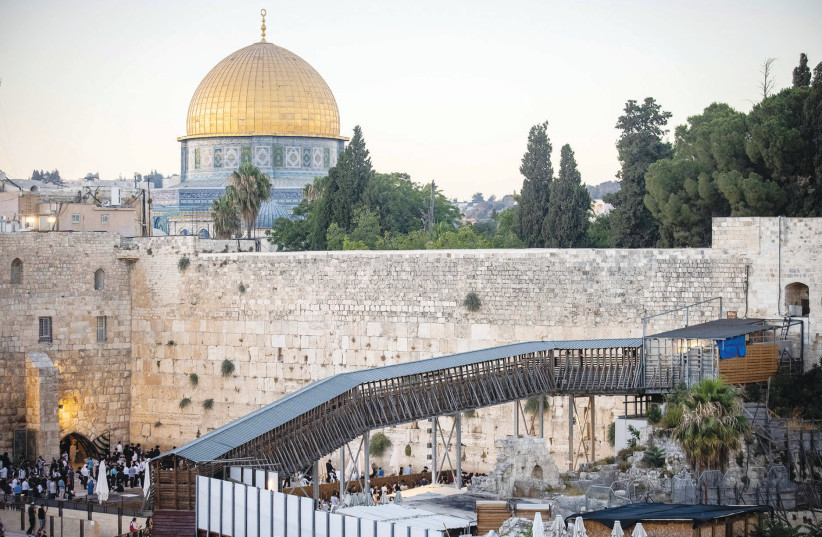Original Article Published On The JP
For those who observe Shabbat and Jewish holidays, and for those who simply want a relaxed destination getaway not far from New York City, there may be no better place than on Fire Island.
In most American Orthodox synagogues, it’s the one guy sitting in the back wearing shorts, a T-shirt and sandals who gets stares from the more appropriately and well-dressed congregants.
At the Fire Island Minyan (FIM), located in a small house in the Seaview section of the three-block wide barrier island 51 km. long off the southern shore of Long Island, New York, between the Atlantic Ocean and the Great South Bay, it was a different scene – the one guy wearing a black sports coat and slacks got the quizzical looks.
“We attract everything from shtreimels to shorts,” shul president Dov Schwartzben notes playfully, though somewhat seriously. Most attendees at the relaxed, relatively late starting (9:45 a.m.) island minyan were dressed only a drop more fancy than the man leading Shaharit – himself clad in shorts, a red T-shirt with white lettering, a tallit and flip-flops. Some even came with coffee cups in hand.
The room filled as the Shabbat morning went on, though some timed their arrival to coincide with the lavish hot kiddush served outside. Women had a very good view from behind the mechitza (partition) made of fishing net and seashells decorated with Jewish stars. They had a clear view of the holy ark with the small lighthouse on top used as the ner tamid (eternal light). When the gabbai asked if there were any kohanim present to receive the first aliyah, one wise guy blurted out, “I am not, but I identify as a kohen!”
What is Fire Island like?
Fire Island is a unique place generally and Jewishly – even among relaxed seasonal vacation communities. No cars are permitted on the island, which sports its fair share of deer, butterflies and bamboo. Arrival times to the island must be timed to coincide with the ferry or water shuttles. As soon as passengers exit the ferry, they unlock their wagons and pull their coolers of food and other household supplies to their homes.

In the summer, those who observe Shabbat must be on a ferry no later than the 5:30 p.m. one – the 7 p.m. ferry arrives after Shabbat has begun (though not a problem for some given the pre-paid nature of the ferry and the fact that most think the island is a natural eruv and thus the prohibition of carrying items is not an issue).
On the island, summer visitors far outnumber seasonal residents by 800,000 to 873. There are only 360 permanent homes on the island, as well as a few rooming houses, some restaurants and bars, and a few essential stores including a general store, a liquor store, a plant nursery, some churches and two synagogues.
When did Jews come to Fire Island?
While there is currently a strong Jewish presence on the small island, the Seaview section was restricted to white Protestant homeowners until 1928 when the ban against Jews was lifted. Ralph Levy was reportedly the first Jew to break into Seaview in the 1940s, closely followed by Walter Weisman. More Jews began arriving in the 1940s through the ’60s including such famous actors and entertainers as Irving Berlin, Fanny Brice, Mel Brooks, Carl Reiner, Woody Allen, Lee Strasberg, Marilyn Monroe and Tony Randall. The Jewish community’s informal historian, Michael Lustig, notes that Carl Reiner, creator of the famous sitcom The Dick Van Dyke Show, reportedly wrote the script for several shows from Fire Island.
Other famous Jewish residents have included Richard Meier (architect), David Duchovny (actor), Peter Greenberg (TV travel reporter), Nat Hentoff (columnist), Harvey Keitel (actor), Paul Krassner (writer), Tim Blake Nelson (actor/director) and Ally Sheedy (actor).
Most early Jewish residents to the island were secular, though there were some observant Jews including Rabbi David de Sola Pool of Congregation Shearith Israel, the Spanish-Portuguese Synagogue in NYC. When he bought his first house in the Ocean Beach section of the island in 1938, a local Nazi-sympathizer reportedly burned a cross on his lawn.
The first organized prayer services were held in 1952, and a Torah was brought to the island in 1954. Services were held in the living room of Herman Wouk, the Pulitzer Prize-winning author of The Caine Mutiny, another early, observant Jewish resident of the island. At various times, services were held in Wouk’s living room, Jack Miner’s house at 430 Dehnhoff in Ocean Beach (for High Holy Days services) and later on the deck of Rabbi de Sola Pool’s house in Ocean Beach.
After at least a decade or more of this arrangement, the group was large enough to become independent and was able to bring out a rabbi in a rented home that would double as a synagogue. The house was large enough to host rabbi, professor and medical ethicist Moshe Tendler and his family. Tendler, accomplished on his own, was the son-in-law of the prominent Rabbi Moshe Feinstein.
RABBI DR. Shaul Magid, who has been serving as rabbi of the once Conservative, then more Reconstructionist, now more Renewal Fire Island Synagogue since 1997, provided his account of Jewish life on the island. Magid, who wears earrings and looks one part hassidic master and one part Jerry Garcia of the Grateful Dead, explains that his shul started in the 1970s as an Orthodox synagogue “on the deck of Herman Wouk’s house.” Over time, the synagogue evolved. Magid said there was a “contentious vote” in the 1980s and the synagogue decided to become egalitarian. “Some left over it,” says Magid, who explained that there were many issues and transitions taking place at once including younger families coming to the island with children, and people no longer identifying or wishing to practice in an Orthodox fashion.
The banjo-playing rabbi is an accomplished bluegrass musician who has truly brought a musical flavor to the shul. He and cantor Basya Schechter, lead singer of the singing group Pharaoh’s Daughter, have developed what they call “a Kabbalat Shabbat nusach [style] based on Appalachian music.”
The bluegrassy service takes place on the shul’s deck each Friday night, and musical friends regularly spend Shabbat and contribute musically. Magid also happens to be a distinguished fellow in Jewish Studies at Dartmouth and is a former professor of religious studies and the Jay and Jeannie Schottenstein chair of Jewish studies in modern Judaism at Indiana University. He recently published a book on Rabbi Meir Kahane and is currently working on a book on antisemitism and critical race theory.
With Magid’s shul in transition in the ’80s and early ’90s, some members left to join what was to become FIM – the second shul on the island, a 10-minute walk from the Fire Island Synagogue. The creation of a second shul begs reference to the classic joke about a small community needing two (or even three) shuls – one to pray in and one to never set foot in! [Actually, one other town on Fire Island, Saltaire, offers High Holy Day services in a space at St. Andrew’s Church].
The FIM was founded in 1990 by Jim (“Yitz”) Pastreich with services taking place on his deck. Pastreich recalls “plastering the entire island” with signs announcing the new minyan. Historian Lustig says: “[Prominent Reform] Rabbi [Herbert] Weiner, [author of the well-known book Nine and a Half Mystics], rented a house to us (in 1993) for a number of years, and it was initially operated as a ‘share house.’” He explained that in a share house, four people lived in two bunk-beds and the middle was cleared for services. The modest house, which was purchased in 1999, originally went by the name “Rodfei Shemesh, Anshe Chof” (Seekers of the Sun, People of the Beach). It proudly strives to be an “inclusive place for interested parties to participate in prayer services in a traditional (yet casual) environment.”
ON A recent Shabbat at FIM, the community was hosting 20 former IDF combat soldiers spending a week on the island as they participated in Peace of Mind, an intensive therapy program of the Israel Center for the Treatment of Psychotrauma. The community was also gearing up for the Sunday Rosh Hodesh bar mitzvah of the son of longtime residents.
Services moved quickly – until the announcements, when the gregarious and good-natured shul president just couldn’t stop himself as he announced birthdays, famous events on that date in Jewish history – and tide times. No one seemed to care. Everyone stayed for a long time to enjoy the hot meaty outdoor kiddush – with more than a fair share of alcoholic beverages.
The community returned Sunday morning for the bar mitzvah, and many residents will spend Shabbatot on the island through Rosh Hashanah and Yom Kippur. Some visitors who don’t own homes find their way to the island for a summer Shabbat or for the Jewish holidays. “Two families of Satmar Hassidim came recently,” a member shared. “They said they needed a break from their community.”
The shul website sums it up nicely. “In keeping with the easygoing nature of Fire Island, the FIM has no ‘dress code’ (congregants may be found wearing anything from suits to shorts/T-shirt to bathing suits and everything in-between) and services are self-organized, with no official rabbinical position (therefore no accompanying weekly sermon!). The FIM is very cognizant of the location/culture in which we operate, with a (relatively) late start time and efficient operation, so as to allow people to maximize their rest and leisure hours. In fine Jewish form the FIM also has a strong emphasis on food, and we strive to have good ‘kiddush lunches’ after Saturday morning services.”
For those who observe Shabbat and Jewish holidays, and for those who simply want a relaxed destination getaway not far from New York City, there may be no better place than on Fire Island.




